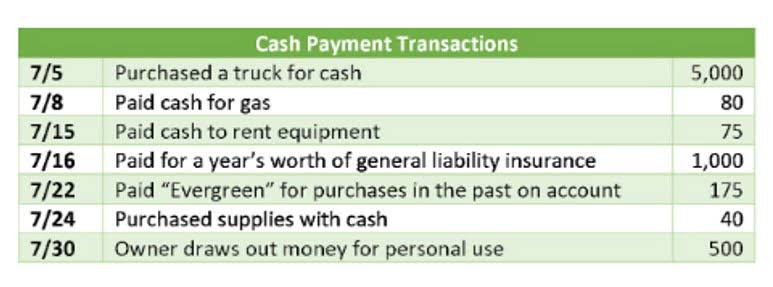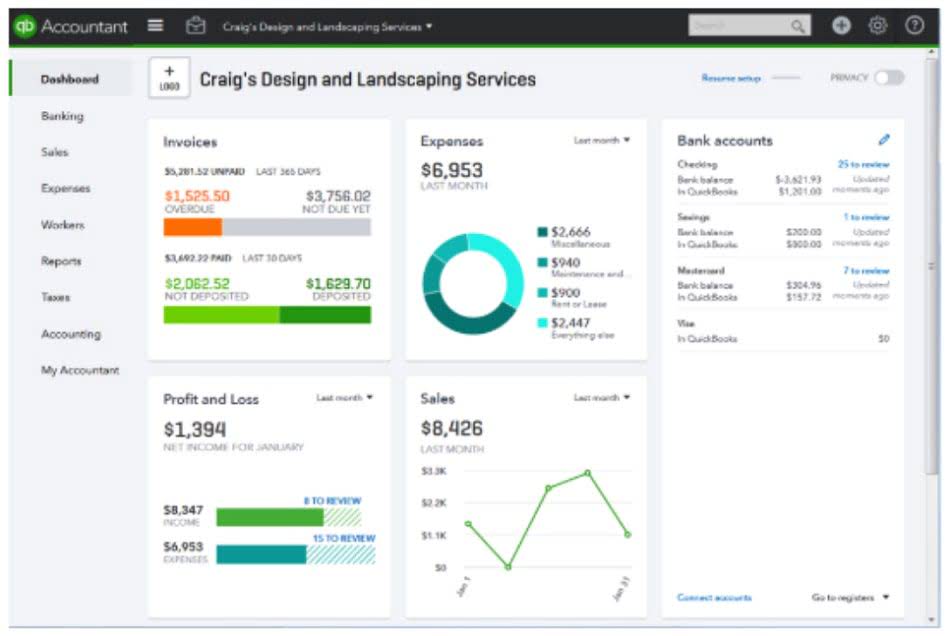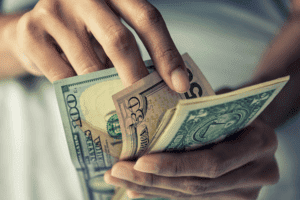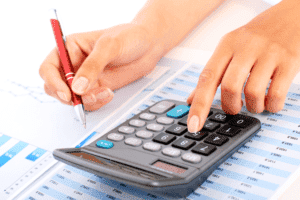
This journal entry will reduce both total assets and total liabilities on the balance sheet by the same amount. Of course, the board of directors of the company usually needs to make the approval on the dividend payment before it can declare and make the dividend payment to the shareholders. And the company usually needs dividend account to have sufficient cash in order to pay the dividend to its shareholders. Since accountants at Your Co. have already created the liability (Dividends Payable) and have not yet paid the cash dividend, no accounting financial statement is changed. Since shares of some companies can change hands quickly, the date of record marks a point in time to determine which individuals will receive the dividends. Dividends are not classified as an expense since they represent a company’s earnings distribution.
- Subsequently, South Gulf issues a 20% stock dividend, and so the investor will receive an additional 200 shares (1,000 x .20).
- Our team of reviewers are established professionals with decades of experience in areas of personal finance and hold many advanced degrees and certifications.
- Over time, this can lead to significant growth in their holdings, especially if the company performs well.
- The only difference is the total of the various accounts within stockholders’ equity.
Dividends and Shareholder Equity

The balance sheet, income statement, and statement of cash flows all exhibit the impact of these transactions in different ways. The balance sheet will show a reduction in cash or an increase in common stock and additional paid-in capital, depending on whether cash or stock dividends are issued. The reduction in retained earnings is also reflected here, indicating a decrease in shareholders’ equity. When a company issues cash dividends, it is distributing a portion of its profits in the form of cash to its shareholders.

Journal Entry for Dividend Declaration:
Stock dividends, on the other hand, increase the number of shares outstanding, which can dilute the value of each share but do not affect the company’s cash position. Property dividends introduce another layer of complexity, as they involve the distribution of non-cash assets, requiring revaluation and potentially affecting net income. Each type of dividend has its own set of implications for shareholder equity, and companies must carefully consider these factors when making dividend decisions. When a company declares dividends, it initiates a series of accounting entries that reflect the financial commitment to its shareholders.

Inventory Changes and Their Financial Impact on Businesses
This ensures that the company’s financial records accurately track the progression from declaring the intent to pay dividends to fulfilling that promise to shareholders. The debit to the dividends account is not an expense, it is not included in the income statement, and does not affect the net income of the business. The balance on the dividends account is transferred to the retained earnings, it is a distribution of retained earnings to the shareholders not an expense. Dividend Reinvestment Plans (DRIPs) offer shareholders an alternative to retained earnings receiving cash dividends by allowing them to reinvest their dividends into additional shares of the company’s stock. For shareholders, DRIPs provide a convenient way to increase their investment without incurring brokerage fees, and they benefit from the compounding effect of reinvesting dividends.
Ask a Financial Professional Any Question

He has been a manager and an auditor with Deloitte, a big 4 accountancy firm, and holds a degree from Loughborough University. Cynthia Gaffney has spent over 20 years in finance with experience in valuation, corporate financial planning, mergers & acquisitions consulting and small business ownership. A Southern California native, Cynthia received her Bachelor of Science degree in finance and business economics from USC. On the Date of Payment, you would make an entry to debit Stock Dividends Distributable and credit the Common Stock account. To be a Dividend Champion, a stock must have paid rising dividends for 25+ consecutive years.
- This team of experts helps Finance Strategists maintain the highest level of accuracy and professionalism possible.
- Since there are 100,000 common shares outstanding, the total cash dividends will be $120,000.
- This entry reduces the retained earnings, reflecting the portion of profits allocated for distribution, and creates a liability.
- And the company usually needs to have sufficient cash in order to pay the dividend to its shareholders.
- The amount and regularity of cash dividends are two of the factors that affect the market price of a firm’s stock.
Adjusting Retained Earnings
It is crucial for the company to ensure that the cash account has sufficient funds to cover the dividend payment, as failure to do so could result in financial distress or legal issues. Property dividends are less common and involve the distribution of non-cash assets, such as physical goods or securities, to shareholders. The accounting for property dividends requires the company to revalue the distributed assets to their fair Bookstime market value at the declaration date.
